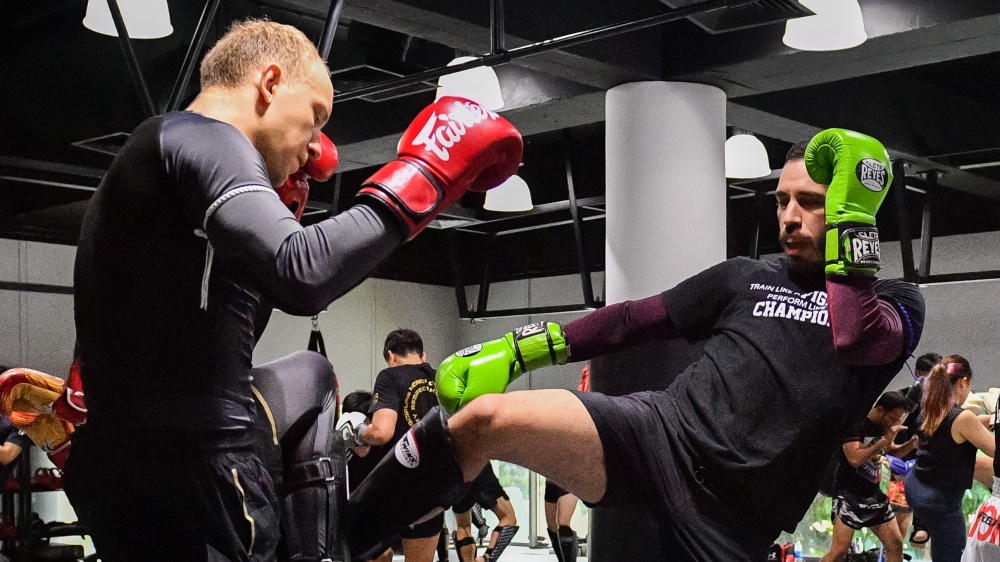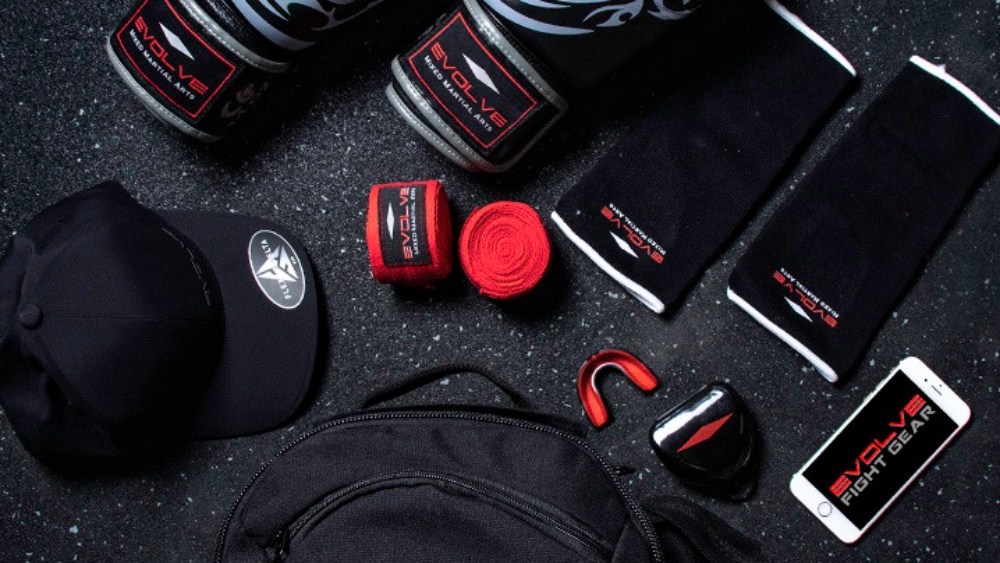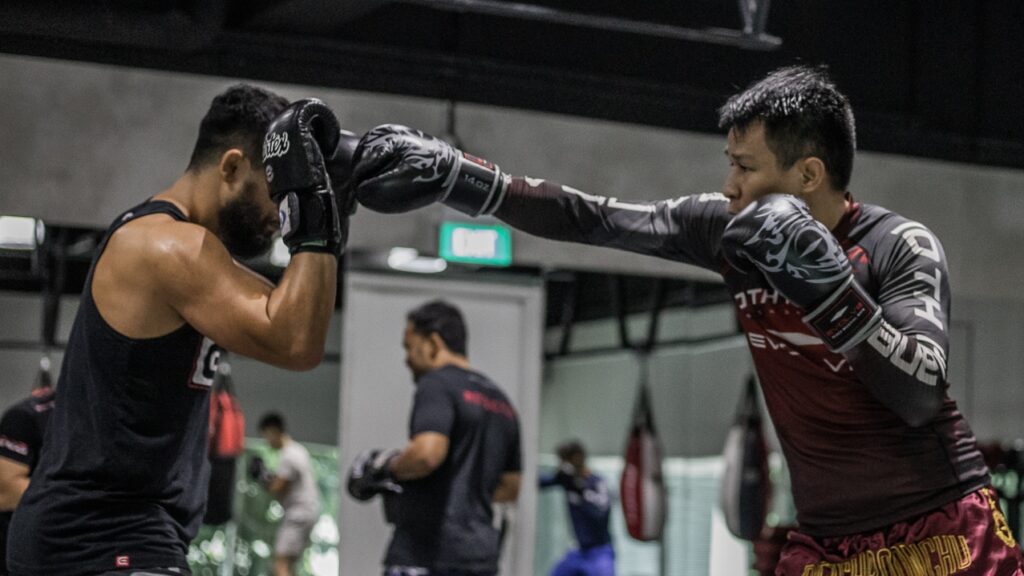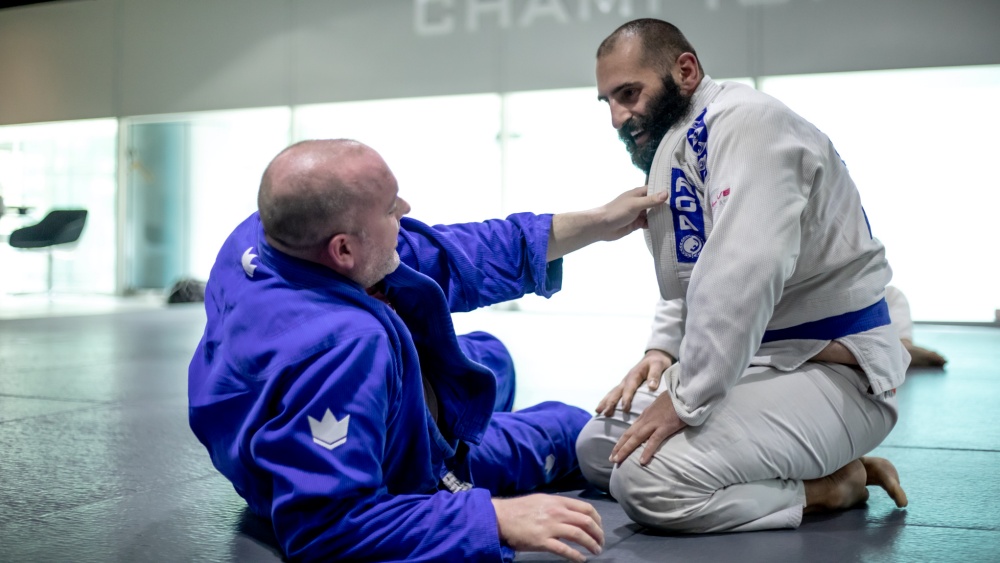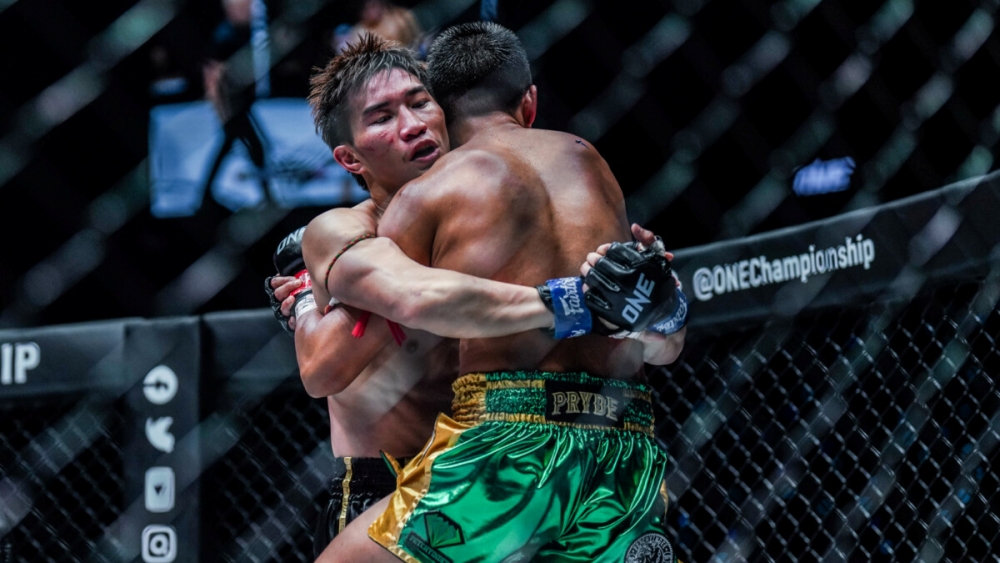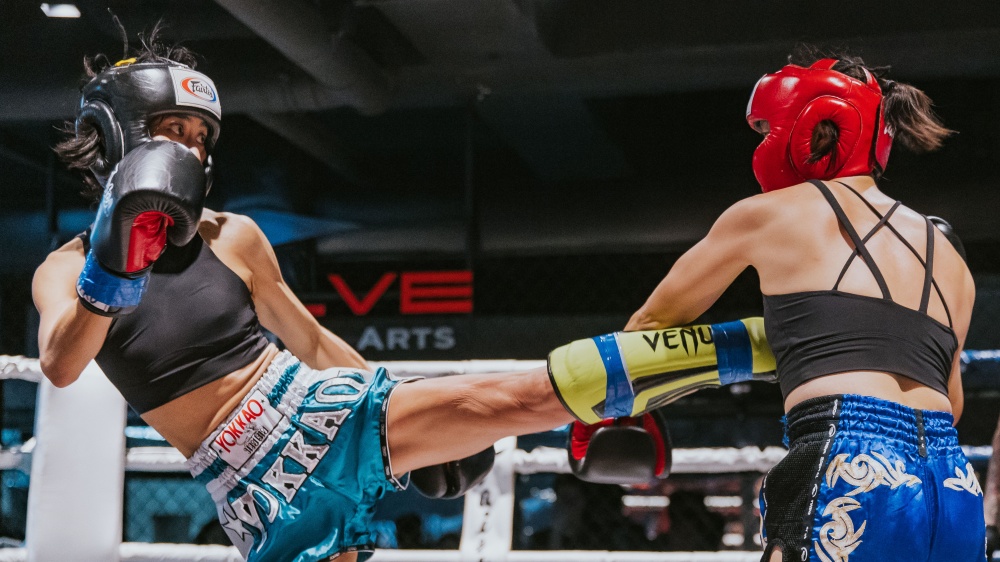Sparring is one of the most important aspects of martial arts training. It is when you get to test out all the techniques you’ve learned during classes and drills on resisting opponents. As important as sparring is, it’s also one of the most neglected aspects of martial arts training.
Some martial arts have become so water-downed over the centuries, that sparring is almost non-existent. This puts their students at a disadvantage since they never get to test their techniques out on resisting opponents or gain combat experience. Students from such martial arts typically don’t perform well in competitive settings like mixed martial arts.
The effectiveness of martial arts like Brazilian Jiu-Jitsu, Muay Thai, Wrestling, Boxing, MMA, and kickboxing is mostly due to the strong sparring culture in these arts. Grappling arts like BJJ and Wrestling have the biggest advantage since students can spar at close to 100 percent after each class.
You’ll need to make sparring a regular part of your training to reach your full potential as a martial artist. You’ll also need to be a good training partner or risk being the guy everyone avoids when it’s time to spar.
Becoming A Good Sparring Partner For Combat Sports Like BJJ, Boxing, And Muay Thai
Ready to find out what it takes to be a good sparring partner? Let’s jump right into our list:
1) Get The Right Gear
Start your MMA, boxing, or Muay Thai sparring sessions on the right note by ensuring you have all of the necessary equipment like a pair of boxing gloves, an athletic cup, shin guards, knee pads, elbow pads, and a mouthpiece.
Your training gear should be in good condition and not worn out to protect your sparring partners. For example, the padding in boxing gloves wears out over time, allowing your knuckles to make contact with the target. As a result, your punches will feel harder even if you’re not putting that much power into them since there’s no padding to protect your opponent.
Sparring equipment like boxing gloves, shin guards, and knee pads protect your opponent as much as they protect you, so show your training mates that you care about their safety by having all the necessary gear.
2) Communicate With Your Boxing/Muay Thai/MMA Sparring Partner
Ensure you and your sparring partner are on the same page by clearly stating what your intentions are before each sparring session. Most professional fighters don’t go all out during sparring sessions most of the time, so make sure you’re both looking to go at the same intensity.
Once you know what your sparring partner wants, stick to the agenda during your sparring sessions. Don’t go throwing haymakers when your training partner had made it clear they want to go light. You always want to match the intensity of your dance partner when sparring. The golden rule is to go light if you and your sparring partner haven’t had a chance to communicate your intentions. Never assume someone wants to go all out with you unless they say so.
3) Don’t Focus On Winning
A sparring session isn’t a fight or competition, so don’t treat it as one. Sparring is where you test your skills against resisting opponents to see what works for you. Your goal during each sparring session should be to grow, not win.
Some people let their competitive sides get the best of them during sparring sessions, which leads to them developing reputations as bad sparring partners. Such people might be overly defensive during sparring sessions or throw strikes too hard simply because they are determined not to lose the session.
No one becomes famous by winning sparring sessions so don’t engage in such behavior. Your sparring sessions should be the time you try out your fanciest techniques and combinations. If they work, great. If they don’t, figure out how to make them work for you.
Keep that in mind anytime you’re watching your favorite combat sports and a fighter throws some flashy technique that looks cool and wins them the fight. They mastered these techniques during their sparring sessions, which is why they’re willing to use such high-risk techniques during their fights.
4) Be Strategic With Sparring Sessions
You should always have a few things you want to focus on during sparring sessions. You don’t want to get inside the ring and improvise every time. Write down some of the techniques you’d like to improve on or weaknesses you have and go over your notes before sparring.
For example, let’s say you have poor head movement. You can make a mental note to work on it while sparring, and force yourself to use more head movement by dropping your hands.
As a general rule, you should also look to use any techniques you’ve learned recently during your sparring sessions. Watching breakdowns of techniques and drilling them is only half of the equation. You also need to use them on resisting opponents to master them.
5) Reflect On Sparring Sessions
You should also take some time to reflect on each of your sparring sessions. What worked well for you? What were your least effective techniques? Which of your opponent’s techniques did you have the hardest time defending against? These are the types of questions you should be asking yourself after sparring.
Write down the answers in your training journal so you can work on them during classes and future sparring sessions. If your gym permits it, consider recording your sparring sessions so you can better assess your performance. You should also be open to any criticism your coaches or training partners have for you after sparring sessions. Third parties are sometimes needed to point out flaws in your technique that might not be apparent to you.
6) Spar With Everyone
Don’t be the person who only challenges new students when it’s sparring time. Sure, training with lesser-skilled opponents allows you to work on aspects of your offense, but there’s more to training than that. You also need to work on your defense and test your techniques against more skilled training partners. You might be able to get away with poor technique when sparring with novices, but advanced training partners will expose all your flaws.
While the thought of boxing or Muay Thai sparring with someone more knowledgeable than you are can be quite intimidating, advanced students are typically the best sparring partners. They’ve typically learned to control their egos at this point, and they know they’re better than you are. Advanced students are more likely to give you pointers as you spar than attempt to dominate you with their skills.
Spar with the best students at your gym every chance you get. There are many videos of Muay Thai legends like Buakaw Banchamek and Saenchai Saepong safely sparring with children. If children can survive sparring sessions with top-level Muay Thai practitioners, so can you.
You should also look to spar with a diverse range of people to get a feel for different body types. Spar with a short person one day, and spar with a tall person the next. Tall, short, long, stubby, chubby, lanky, stout, lefty; every body type has its unique challenges so use your sparring sessions to get used to a wide range of looks.
7) Be Helpful To Your Training Partners
A good sparring partner is willing to help their training partners accomplish their workout goals. For example, your training partner might have an upcoming fight and want you to mimic their opponent’s style. You should be willing to accommodate such requests since you also benefit from them. Imitating someone’s style gives you some new looks that you might end up adding to your fighting style.
Sticking to this example, let’s say your training partner’s next opponent is a southpaw, while you normally fight out of the orthodox stance. Forcing yourself to stay in the southpaw stance while sparring will improve your understanding of the stance and the challenges it poses for orthodox fighters.
The more you go out of your way to help training partners with their goals, the more likely they are to do the same for you.
No one likes an overly emotional sparring partner so try to keep your emotions in check while sparring. For example, don’t get heated if a training partner accidentally hits you harder than they should have. Instead, communicate that you’d want them to soften the impact of their strikes.
Overly emotional boxing or Muay Thai sparring partners often lose control whenever they feel slighted and start swinging haymakers. That can lead to conflict at the gym, especially when the other person is equally as emotional. Remember, it’s just a sparring match, and you can always end the session early if you think your sparring partner isn’t taking your safety seriously.
9) Prepare Properly For Sparring Sessions
Sparring typically uses up more energy than other aspects of training, so prepare for your sparring sessions by giving your body the fuel it needs to power through your sessions. Consume a meal that’s about 50 percent carbohydrates, 25 percent protein, and 25 percent healthy fats a couple of hours before training.
Drink lots of water before training to keep your body well hydrated while training and prevent cramps. You should be sweating a lot during your sparring sessions when properly hydrated. If you’re not, you might be dehydrated.
10) Enjoy The Experience
Sparring is one of the best parts of training martial arts, so try to enjoy the moment. Taking it too seriously or being too tense lowers your enjoyment, which can lead to you sparring less frequently. Try to stay relaxed during your sparring sessions and enjoy having the opportunity to test out all your skills against a competent opponent.
You may also like:
12 Defining Traits And Qualities Of A Great Martial Arts Instructor And Signs Of A Bad One
